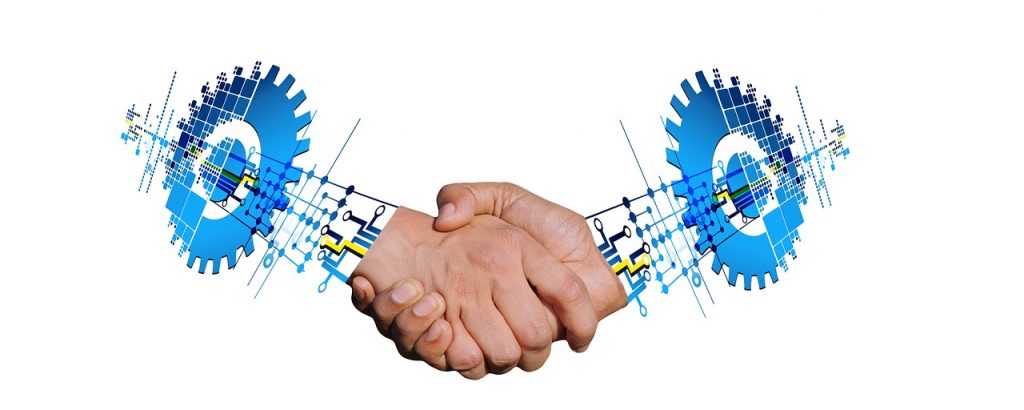According to IDC’s Worldwide Semiannual Digital Transformation Spending Guide, global spending on digital transformation will exceed $1.18 billion this year. This figure represents an increase of 17.9% compared to last year and is due to the fact that more and more companies are investing in new technologies and services to be more competitive.
The industries that will invest the most in digital transformation are discrete manufacturing, process manufacturing, retail, transportation and professional services. For the first two industries mentioned, the main investment will be in smart manufacturing, supported by significant investments in operational, manufacturing and quality autonomy.
Other industries will seek a combination of different interests, for example, retail will prioritize omnichannel; transportation will promote digital supply chain optimization; and professional services will look to facilities management to transform the workspace. All in all, forecasts indicate that in the next 4 years, investments in technology for digital transformation will exceed 6 trillion dollars worldwide.
In terms of use cases for these smart technologies, the largest investments will be in autonomous operations or RPA ($52 billion), robotic manufacturing ($45 billion) and fleet management ($41 billion). In addition, automated recovery, augmented maintenance, intelligent and predictive management of the electrical grid, and quality and compliance will exceed $20 billion in spending.
As a result, hardware and services investment will comprise 75% of all digital transformation spending in 2019. IT services ($154 billion) and connectivity services ($102 billion) will lead the way. Digital transformation-related software spending will reach $253 billion this year, with the fastest-growing technology categories being IaaS (35.9% CAGR), application development and deployment software (26.7% CAGR), and enterprise services (26.5% CAGR).
There is no doubt that these new technologies are transforming organizations and business models so that growth is significant and in line with this digital era.




